2019: Cucalorus Connect: Virtual Reality, Digital People And More
Marie Johnson presented her and NHRMC's work on "Hanna," a digital human cardiac coach during the first day of Cucalorus Connect conference. (Photo by Johanna Cano)
From 2019.
Article by Johanna Cano in WilmingtonBiz, 14 November 2019. Here is a PDF of the article.
Article in WilmingtonBiz on my presentation at Cucalorus on the work being done with the New Hanover Regional Medical Center (NHRMC) on “Hanna”, the Digital Human Cardiac Coach”.
Innovative technologies and discussions on their implications, including the idea of having Michael Jordan as a digital cardiac coach for the community, were highlighted in Wilmington during the Cucalorus Connect Conference.
Innovative technologies and discussions on their implications, including the idea of having Michael Jordan as a digital cardiac coach for the community, were highlighted in Wilmington during the Cucalorus Connect Conference.
“Cucalorus is a hugely important event for not only awareness-raising on technology, but for the work that is being done already to be publicly recognized,” said Marie Johnson, a presenter at the conference and managing director and chief digital officer of Australian-based Centre for Digital Business.
The first day of the conference, which continues Friday, started with the VR Salon kickoff, where a revamped version of the virtual reality experience was introduced to attendees.
It was presented by its coordinators, VR artists Emma Jaster, Sara Fenton and Matt Pearson, and the School of Making Thinking, a New York-based artist-thinker residency program.
The salon (pictured above) features three rooms with VR headsets: one showing short films with a social justice focus, another displaying short films by the School of Making Thinking, including some shot in the Wilmington region, and the third featuring “Hanna,” a cardiac coach digital human.
Hanna was introduced to attendees during the “Digital Humans in Healthcare” session, led by Johnson.
NHRMC Digital Human
For the past year, Johnson has been working with Chris Hillier, New Hanover Regional Medical Center executive director of innovation, and a team at NHRMC to develop a digital human that can assist cardiac patients with information during their recovery, she said.
The idea to develop Hanna came when Johnson’s husband underwent several heart surgeries, and they struggled to understand medical instructions during his recovery.
“We came to really understand what health illiteracy is and the impact of health illiteracy not only on people, but on the health system,” Johnson said. “A lot of people were surprised to hear that 60% of populations are health illiterate; in Australia, that's higher and in some indigenous populations it’s up to 85%.”
Johnson, who had previously developed a digital human called Nadia to help those with disabilities, thought she could use the same technology for a cardiac coach.
She connected with Hillier and NHRMC after Hillier saw her presentation on her idea for a digital cardiac coach during a global webinar.
“Before the webinar was over, Chris was sending me text messages and saying, ‘Call me, I want to do this with you,’” she said.
Hanna provides a conversational service for patients where they can ask questions during their recovery phase such as information on their medication.
One important aspect of the development of a digital human is the way it looks, talks, words it uses and the sound of its voice, she said.
To bring awareness to Nadia, the previous digital human she developed, Johnson and her team recruited actress Cate Blanchett to donate her voice.
One bold goal Johnson and Hillier have for Hanna is to get Michael Jordan, who grew up in Wilmington, to donate his voice for NHRMC’s digital human cardiac coach.
“Who would the icon in your community be that could raise the awareness of heart health? Michael Jordan is an amazing person,” Johnson said. “How awesome would it be for Michael Jordan to be the digital human health coach for Wilmington? So, if there's somebody, who knows somebody, who knows somebody if you could let Mr. Jordan know that there's another job for him.”
Blockchain and Health
Another session also featured work that NHRMC is currently doing that involves blockchain technology.
John Tuman, chief technology officer at NHRMC, said during a panel on blockchain that the hospital is working on an incentive program for wellness and fitness, for now called Health Coin, that makes use of blockchain through an app.
“What we envision with it is that we want to award Health Coin for participation and achievement of healthy activities and goals,” he said.
What motivated the hospital to develop the app is that experts predict the reimbursement model for hospitals will shift to a population health model where hospitals will be given a set amount of money to care for a population, Tuman said.
That means hospitals will get the same amount of money if a patient visits the hospital once or 12 times.
“The hospital's role really expands… instead of only being worried about providing great care for that person who is in the hospital, now we have to think about how do we prevent this person from coming into the hospital to begin with,” Tuman said.
Currently, the app is halfway through software development.
To wrap up the first day of sessions, Nick Adkins, co-founder of Pinksocks Life, a nonprofit with a focus on human connection, delivered the keynote speech for the conference.
Adkins, who has a background in health and health tech, spoke about the power of connection and the benefits of empathy and giving.
More about Hanna and the work that Marie Johnson and NHRMC have done to develop her are discussed in the Nov. 15 issue of the Greater Wilmington Business Journal.



